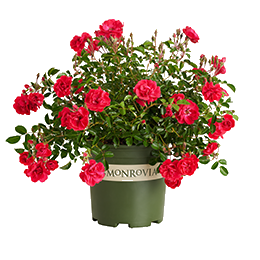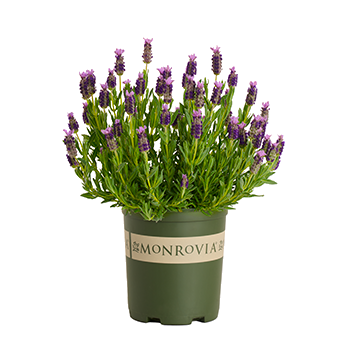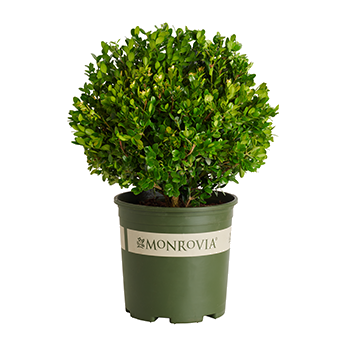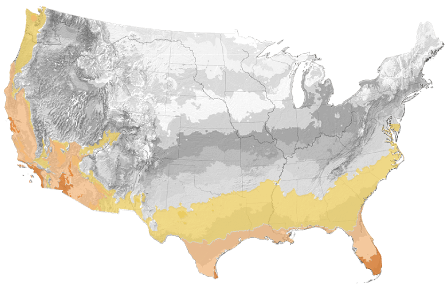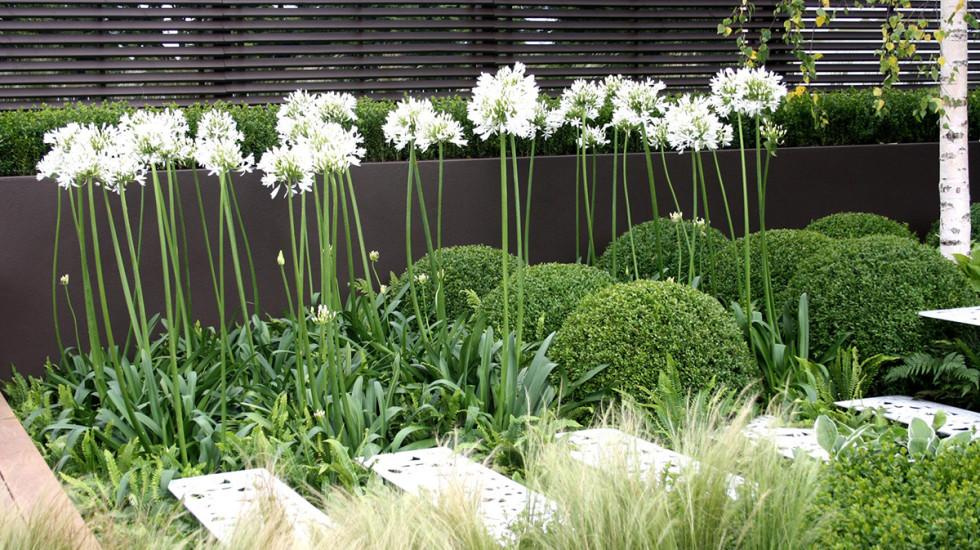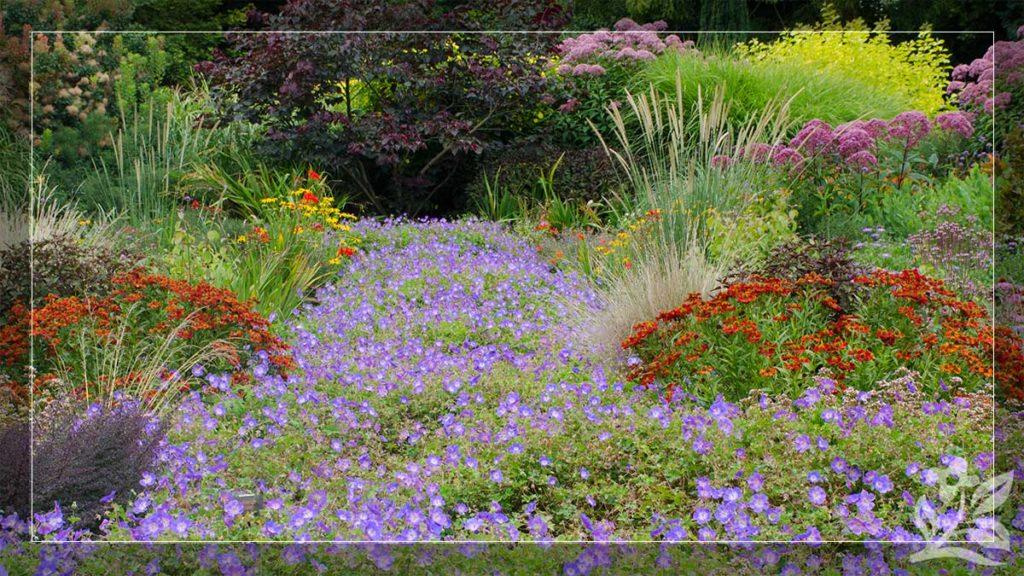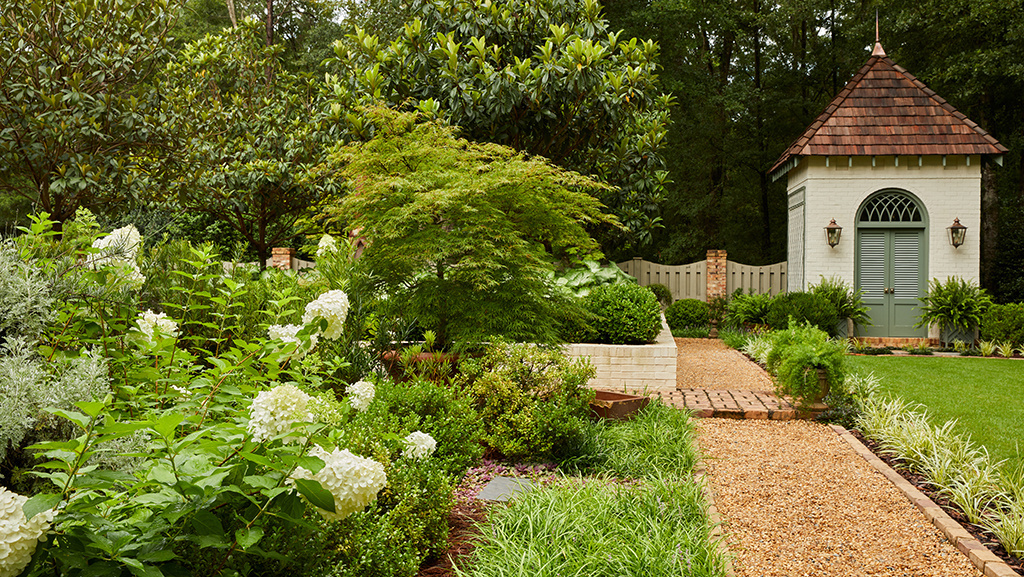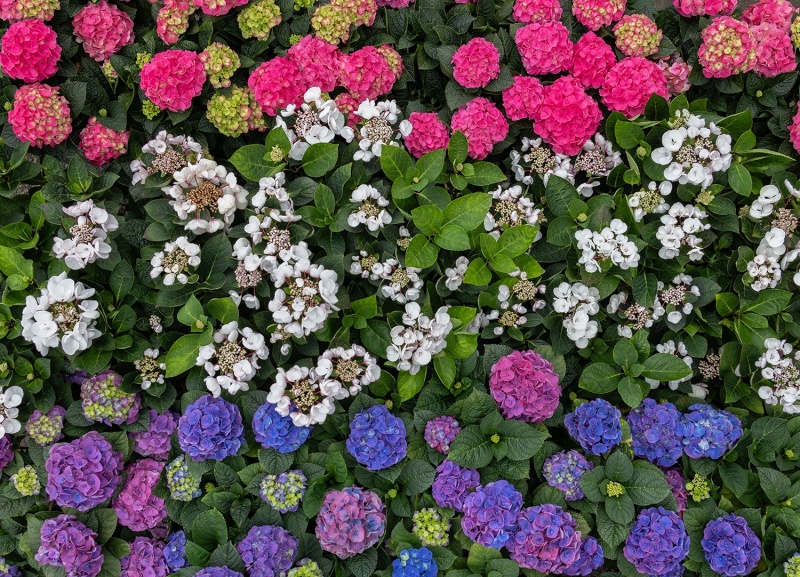You're growing in this Zip Code:
Change LocationDiscover Plants for Your Area
Baby Pete™ Agapanthus
Agapanthus praecox subsp. orientalis 'Benfran' PP #21,705
Retailers Near You
| Description | This unique compact variety blooms weeks earlier than others! Masses of blue flower clusters on upright stems rise just above clumps of short and wide, strap-like, green leaves. Rarely sets seed pods, resulting in a longer bloom period. Splendid along pathways, or in groupings and mixed containers. Evergreen. |
|---|---|
| Bloom Time | Mid-spring to summer |
| Deciduous/Evergreen | Evergreen |
| Special Features | Attracts Hummingbirds, Easy Care, Waterwise, Attracts Pollinators, Compact Form |
| Problems/Solutions | Coastal Exposure, Erosion Control |
| Growth Rate | Moderate |
| Growth Habit | Clumping |
| Flower Attributes | Flowers for Cutting, Showy Flowers |
| Patent Act | Asexual reproduction of plants protected by the Plant Patent Act is prohibited during the life of the patent. |
| Landscape Use | Border, Container, Poolside, Edging |
| Flower Color | Blue |
| Foliage Color | Green |
| Companion Plants | Coral Bells (Heuchera); Pittosporum (Pittosporum); Daylily (Hemerocallis); Japanese Barberry (Berberis thunbergii); Society Garlic (Tulbaghia) |
| Care Instructions | Easily grown in average, well-drained soils. Water deeply, regularly in first growing season to establish an extensive root system. Once established, reduce frequency; tolerates mild drought. Apply fertilizer before new growth begins in spring; repeat after flowering. Blooms best when undisturbed, but may be divided when overcrowded. |
| Description | This unique compact variety blooms weeks earlier than others! Masses of blue flower clusters on upright stems rise just above clumps of short and wide, strap-like, green leaves. Rarely sets seed pods, resulting in a longer bloom period. Splendid along pathways, or in groupings and mixed containers. Evergreen. |
|---|---|
| Bloom Time | Mid-spring to summer |
| Deciduous/Evergreen | Evergreen |
| Special Features | Attracts Hummingbirds, Easy Care, Waterwise, Attracts Pollinators, Compact Form |
| Problems/Solutions | Coastal Exposure, Erosion Control |
| Growth Rate | Moderate |
| Growth Habit | Clumping |
| Flower Attributes | Flowers for Cutting, Showy Flowers |
| Patent Act | Asexual reproduction of plants protected by the Plant Patent Act is prohibited during the life of the patent. |
| Landscape Use | Border, Container, Poolside, Edging |
|---|---|
| Flower Color | Blue |
| Foliage Color | Green |
| Companion Plants | Coral Bells (Heuchera); Pittosporum (Pittosporum); Daylily (Hemerocallis); Japanese Barberry (Berberis thunbergii); Society Garlic (Tulbaghia) |
| Care Instructions | Easily grown in average, well-drained soils. Water deeply, regularly in first growing season to establish an extensive root system. Once established, reduce frequency; tolerates mild drought. Apply fertilizer before new growth begins in spring; repeat after flowering. Blooms best when undisturbed, but may be divided when overcrowded. |
|---|
Retailers Near You
About Us
We have been pioneers and craftsmen in the art of growing plants for 100 years. Since our founding in Southern California by Harry E. Rosedale, Sr. in 1926, we have been absolutely dedicated and obsessed with quality.
We have been pioneers and craftsmen in the art of growing plants for nearly 100 years. Since our founding in Southern California by Harry E. Rosedale, Sr. in 1926, we have been absolutely dedicated and obsessed with quality.

